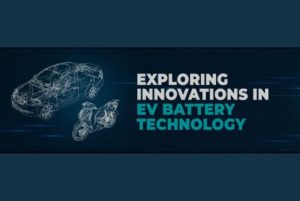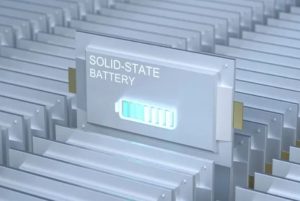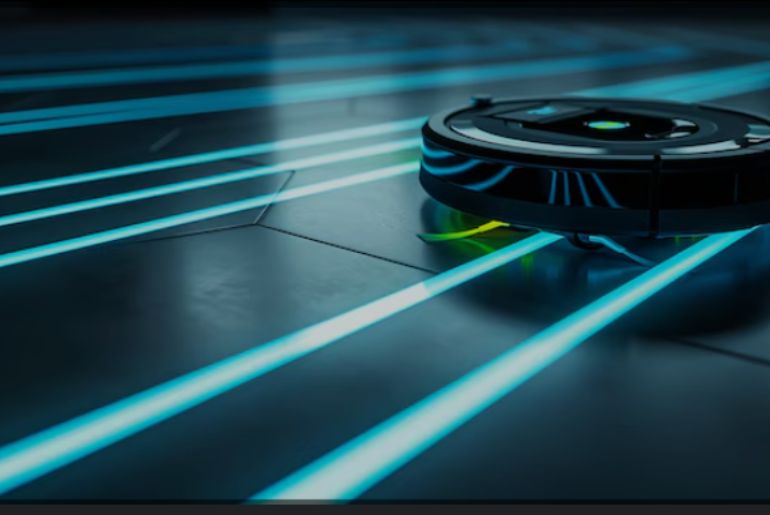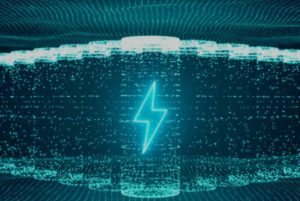Electric vehicle batteries mainly effect vehicle performance, cost, and adoption. Innovations in battery technology aim to improve power storage, reduce costs, and eliminate reliance on scarce materials. The ideal battery would be made from low-cost, abundant materials, be lightweight, charge quickly, offer longer range, and last longer, all while ensuring safety. These developments are necessary to boost widespread EV adoption and driving investment in the EV supply chain, especially battery manufacturing.
Unlocking Innovation: Exploring the Components of EV Batteries

Inside an electric vehicle battery, key components include lithium-ion cells, anode and cathode materials (typically made of lithium, cobalt, nickel, and graphite), and an electrolyte that facilitates ion movement. Innovations are emerging in areas like solid-state batteries, which replace the liquid electrolyte with a solid one for enhanced safety and efficiency. Moreover, advancements in battery management systems (BMS) improve energy density, charging speed, and lifespan. Research into alternative materials, such as sodium-ion or graphene, provides opportunities to reduce reliance on scarce resources while enhancing performance. These innovations could revolutionize EV energy storage, making electric vehicles more affordable and sustainable.
Analyzing the latest advancements in EV battery technology

Lithium iron phosphate (LFP) batteries, already widely used in China, are expanding to the US and European markets in select models from Tesla, Toyota, Ford, and Hyundai. LFPs offer lower costs and easier availability of iron and phosphate, making them an attractive option for reducing EV prices.
Solid-state battery technology has long been declared as the future of electric vehicle power storage due to its promise of higher energy density, faster charging times, and enhanced safety compared to traditional lithium-ion batteries. One company that has been at the forefront of solid-state innovation is ‘QuantumScape’. It is a US-based startup that has made significant strides toward bringing semi-solid-state batteries to market with a focus on an ‘anode-free’ design.
QuantumScape’s semi-solid-state batteries address key challenges in EV battery performance and scalability. Their design features lithium metal for the anode, a ceramic separator, and a liquid electrolyte, differentiating it from traditional lithium-ion batteries that use graphite anodes. This configuration aims to enhance energy density, charge speed, and safety compared to conventional lithium-ion designs.



